The availability of on-campus housing has been an issue for FAU students in recent years and FAU says student-athletes are no exception. Students who did not get on-campus housing had to look elsewhere.
According to the Department of Housing and Residential Education (HRE) Director Catherine Kellman-Pitan, “221 student-athletes [live] in on-campus housing. This is 4% of the on-campus housing population.”
FAU Athletics spokesperson Katrina McCormack wrote in an email to the UP that the university had 498 student-athletes as of Sept. 12. This means that roughly 44% of student-athletes live on-campus.
Out of the approximately 30,000 students attending FAU, just over 5,000 students who do not play a sport live on-campus, which is around 16%.
Staff from Housing and Athletics work together to secure housing for student-athletes in many cases, staff say. Kellman-Pitan said that HRE helps give roommate matches for student-athletes and gives individual dorm tours to recruits, including access to the dorm buildings.
Wayne Black, a professor at the University of Cincinnati, researches how policies impact college athletes’ experiences.
“Within athletics, I have not seen many people talk about issues of housing up until recently, which is a big reason why I started doing this research,” Black said. “For me, understanding how housing is a big college student issue, not just college athletes but a higher-education issue, I wanted to bring that conversation to athletics to really start to understand what is going on and what some of these things are.”
Earl Smith, professor of sociology at the University of Delaware, compared the organization of on-campus housing to the military.
“Soldiers that go into the military, they live together, at least for a while during training and et cetera,” said Smith. “This is an old issue, student-athletes and housing. It used to be no one would ever, ever question throwing a bunch of young women who play soccer into a soccer dorm… And colleges and universities had those kinds of setups where students in a particular sport live together… It was a way for colleges and universities to organize their housing setup for students based around their interests and their activities, and it was easy and it worked for a while. At a given time, it didn’t work, and it didn’t work because of what I mentioned earlier—sociologists study crime, they study behavior. And in a lot of instances, these sport dorms had a lot of trouble.”
Control Aspect
Molly Harry, professor of recreation and sports management at the University of Arkansas-Fayetteville, believes the control of student-athletes could be because of how college athletics personnel views them.
“College athletics is about money and athletes are commodities a lot of the time, or they’re perceived that way,” Harry said.
Black claims the control over student-athletes depends on the university, especially if it is a Power 5 school.
“College athletes are a bit higher profile in those contexts only because those institutions have more resources to invest in athletics,” Black said. “Whereas as a smaller school, the level of control doesn’t matter as much because these college athletes are more like your traditional college students in those contexts.”
Harry mentioned an NCAA policy capping student-athletes in dorms.
“The NCAA does have a policy — I believe it still stands — that dorms cannot be 50% athletes; they can be up to 49% athletes, and that is a way for them to sort of encourage athletes and institutions to get introduced to students who aren’t like you,” said Harry.
The UP contacted the NCAA to ask whether that policy still stands. The NCAA said the Housing staff cannot discriminate between student-athletes and non-student-athletes. The NCAA also said that there is no policy on the 49% limit.
Black believes control over student-athletes is part of a larger subject that needs to be investigated.
“Athletics is a symptom of a larger issue that is taking place in higher education where, going back to sociological standpoint, it’s just race against (what it’s really called) academic capitalism and really globalization in higher education where they’re just trying to expand and grow,” Black said. “But again, at what cost? And at what cost to who and who is getting this access to housing, to food opportunities, or all of this other stuff?”
Benefits
One of the positive aspects of living on-campus for student-athletes includes communication and interaction with their non-student-athlete peers, experts say.
“You get to learn from people who are different from you, and athletics is a naturally diverse space, so their athletes are already exposed to really unique perspectives in that way. It’s also important to be exposed to those who aren’t in athletics so that they can be—when we talk about mentorship and the ability to form other friendships and even get to be colleagues with people who are different from you. I think that is really why it’s important to have them on-campus,” said Harry.
Another benefit of on-campus housing, a few of the sociologists noted, is that athletes are not late to practice.
“It’s easier for them to get to the practice facilities, the game facilities or to class if they are on campus. They’re easier to keep tabs on,” Harry said.
Savyon Foster, professor of sport management at the University of Kansas, discussed that housing is not the only form of control student-athletes face.
“There’s a lot of contextual factors to include, but if we’re just looking at the context of D1 Power 5, even if athletes aren’t living on campus, there’s still measures that have been taken place to still maintain a level of control or oversight for these athletes,” Foster said.
Maddox Greenberg is the Sports Editor for the University Press. Email [email protected] or DM via Twitter @MaddoxGreenberg and Instagram @maddoxblade04 for information regarding this or other stories






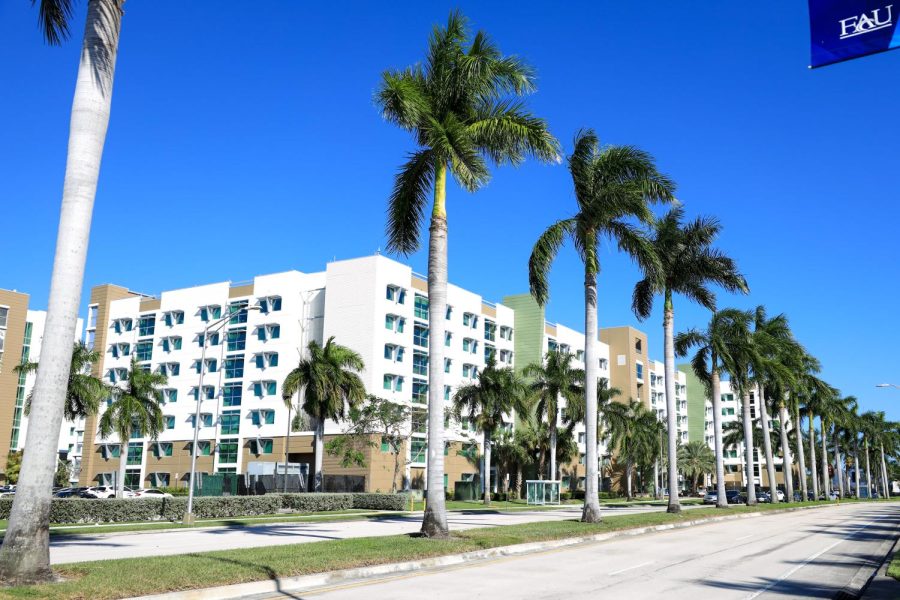
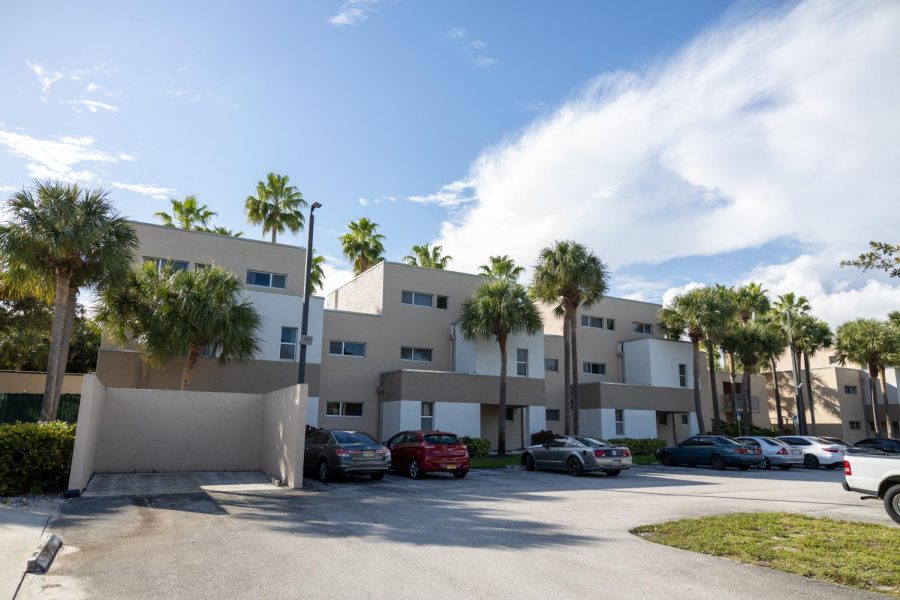
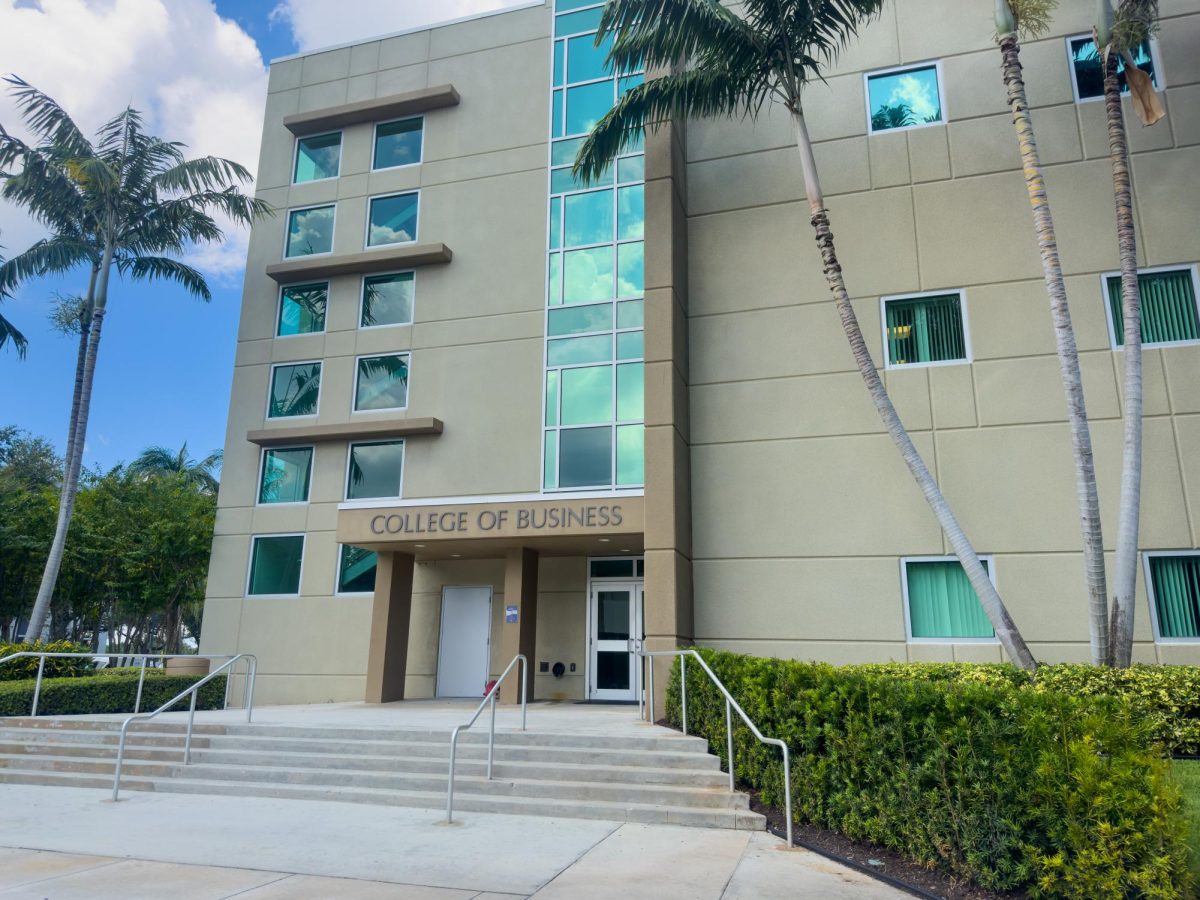
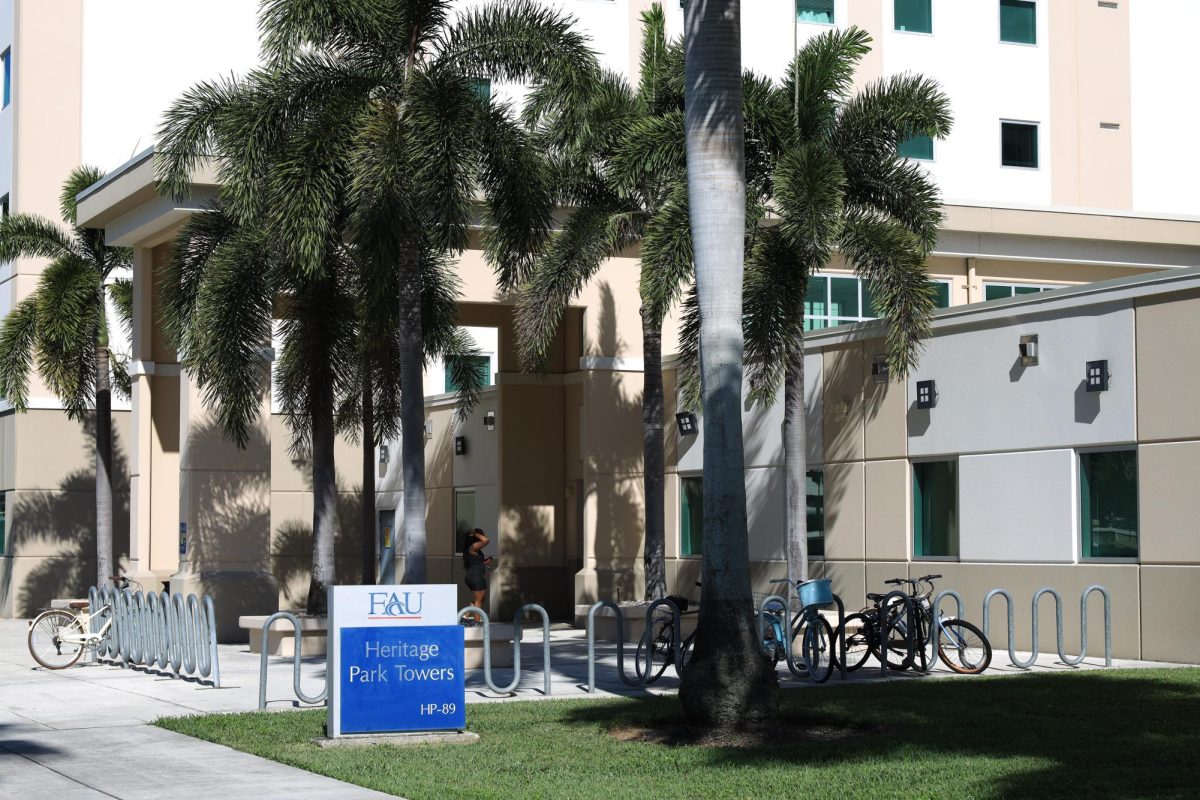

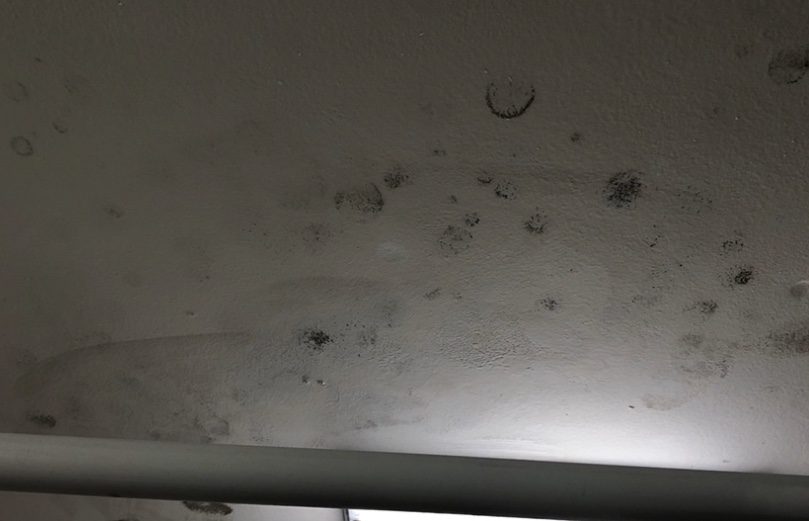








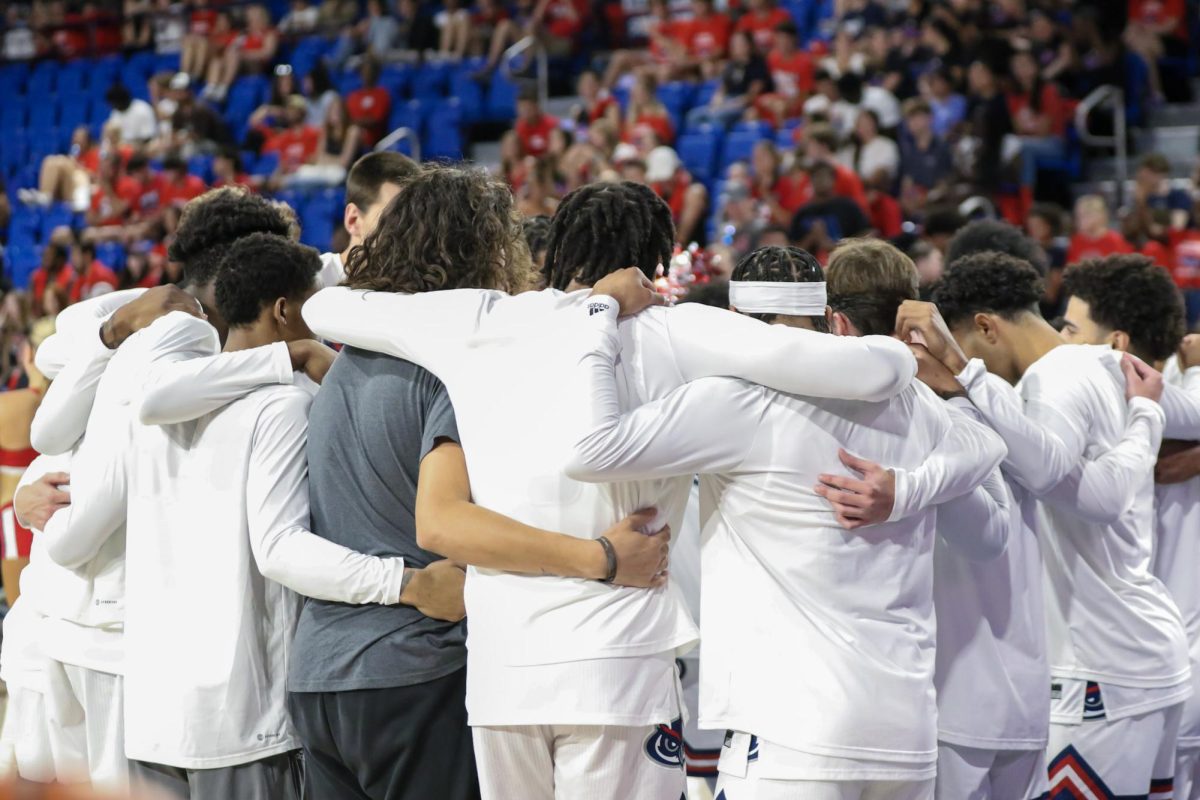
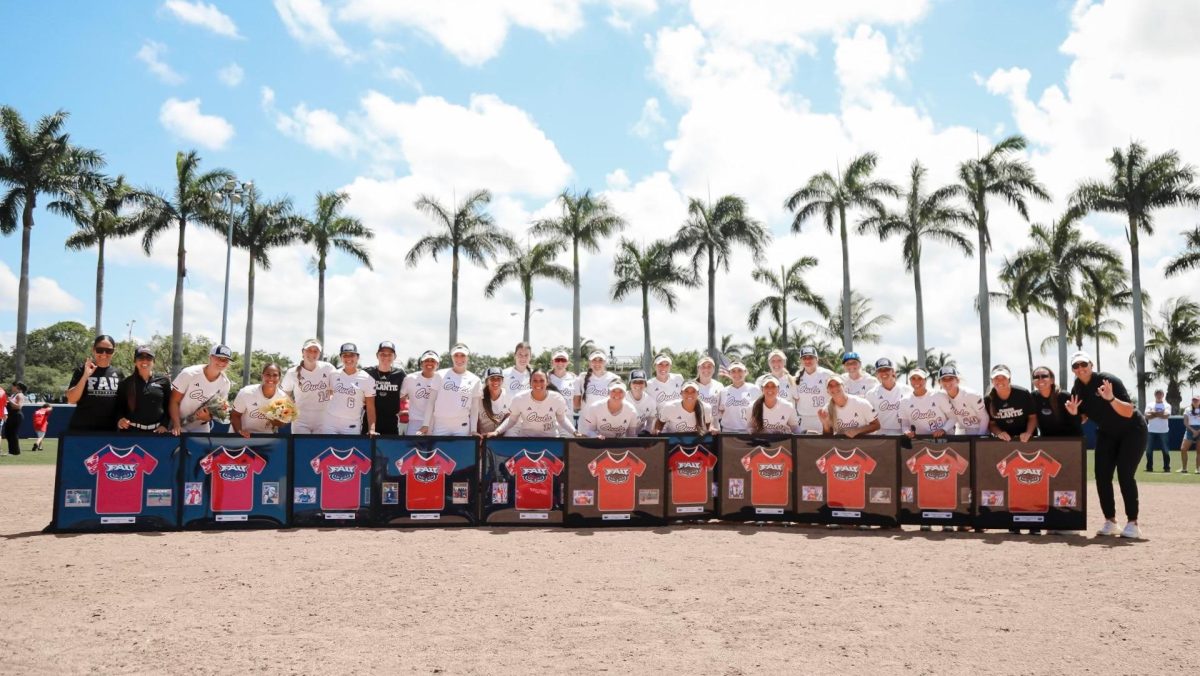



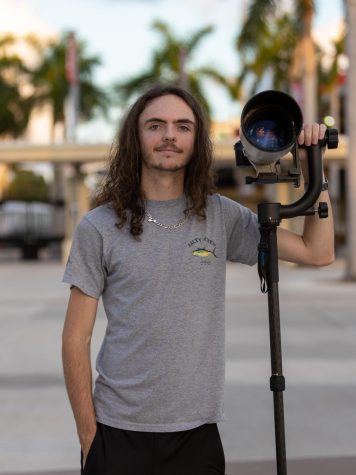
Scott Greenberg • Oct 24, 2023 at 2:28 pm
A great article that certainly brings an interesting subject to light.